Detailed steps to install virtual machines with VMware 15 and use CentOS 8
**Foreword: **
Recently I am learning Linux and .Net Core, and I am learning some cross-platform knowledge. First of all, the virtual machine software I used is VMware-15.1.0, and the Linux system is CentOS-8-x86_64-1905-dvd1.
One**, install VMware 15.0**
First, download the software from the Internet, and I won’t introduce it if I don’t know how to install it.
2. Install Linux system
- Open the previous step to install the VM software and see the interface as shown below
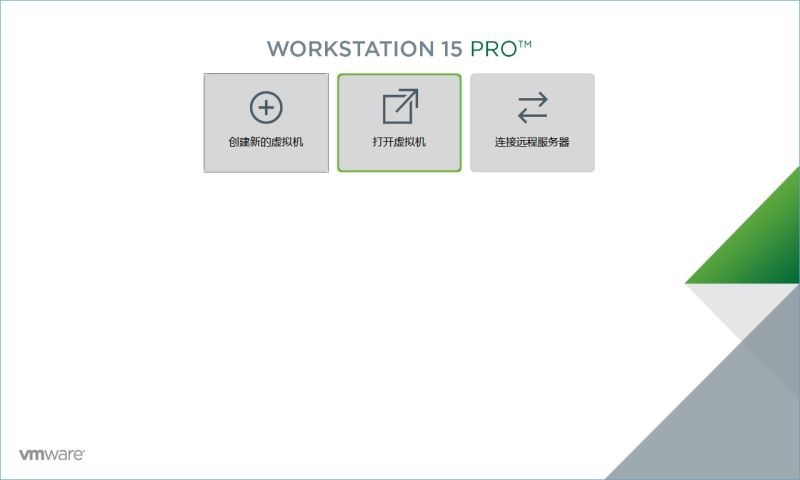
- Click New, a pop-up window for creating a new virtual computer will pop up, just choose typical, and you can choose custom if necessary.
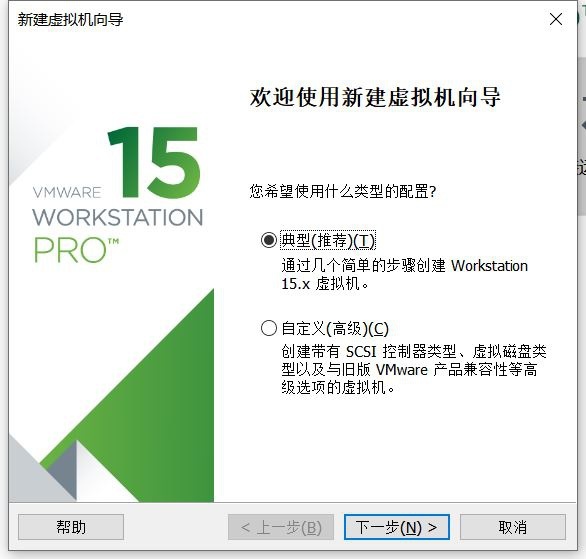
- Set the installation program CD/image file, you can choose to install the operating system later,
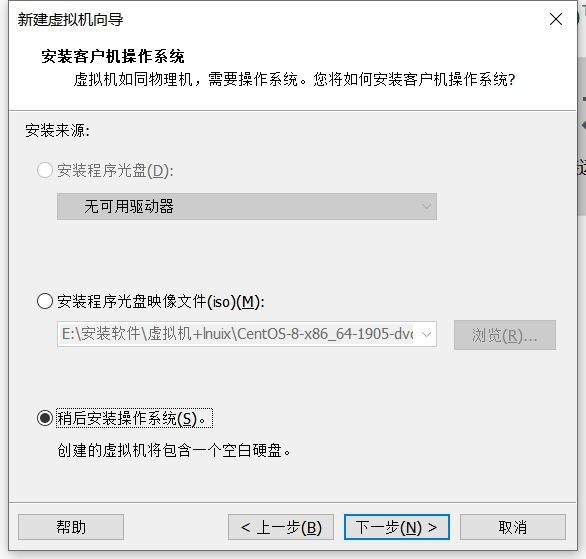
4 . Centos is a free version of redhat, such as recompilation and repair, so I chose the RHE version here.
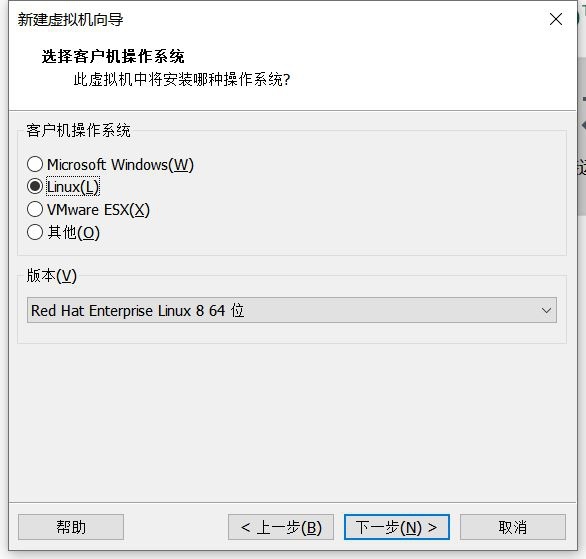
- After the previous step is completed, it is time to order the virtual machine name and set the installation location. The next step is to determine the capacity of the disk and whether to split the disk. The default disk capacity is 20GB.
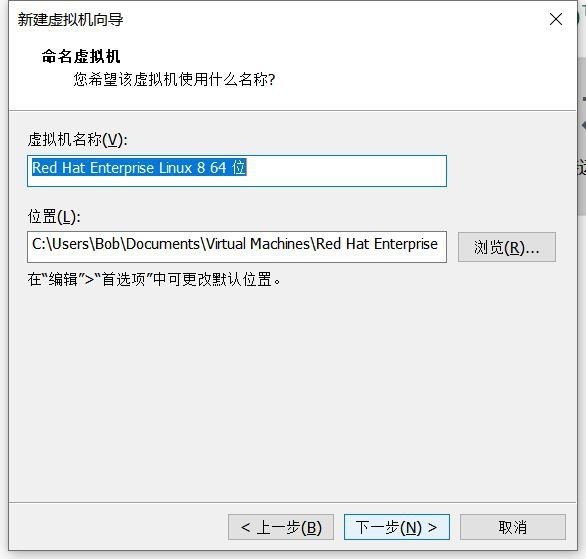
- In this step, you can customize some hardware parameters, including setting the bootable floppy disk, which must be set, choose to use the ISO image file, and browse to the ISO file you stored.
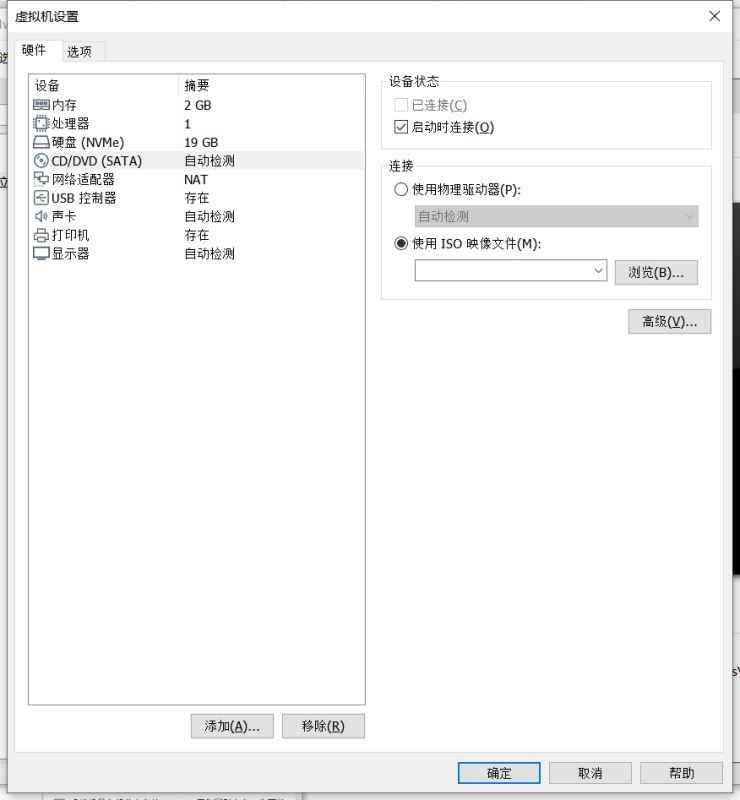
- At this step, you can click to start the virtual machine and start the installation.
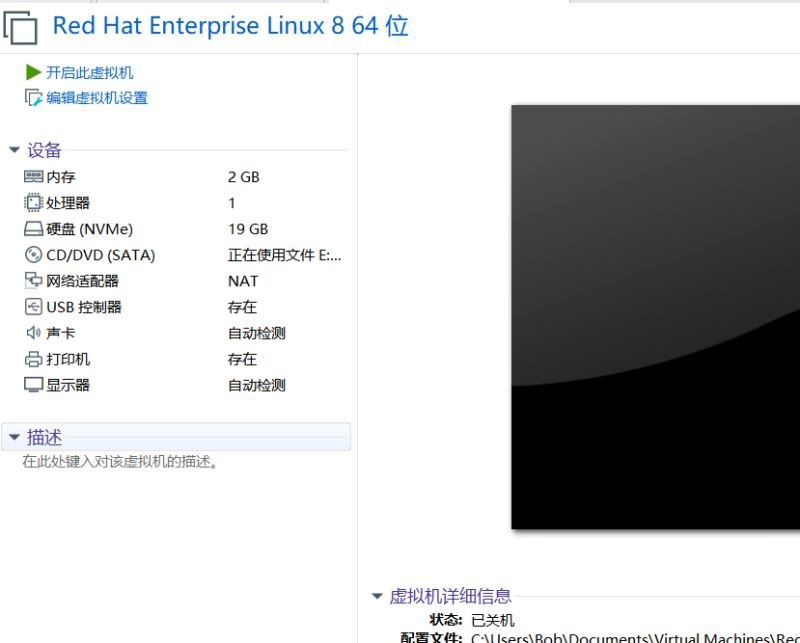
- Choose the language interface, if you are very comfortable with other languages, you can also choose other languages.
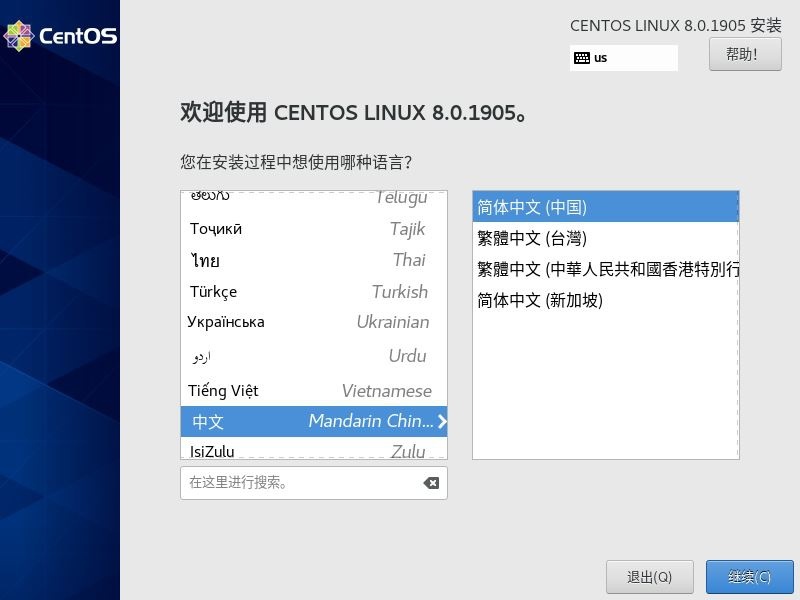
- After setting the language, there will be a summary of the installation information. Just do all the items with the yellow exclamation mark. Generally, only the installation destination needs to be clicked in. There is basically no need to modify anything, just go in and click to complete.
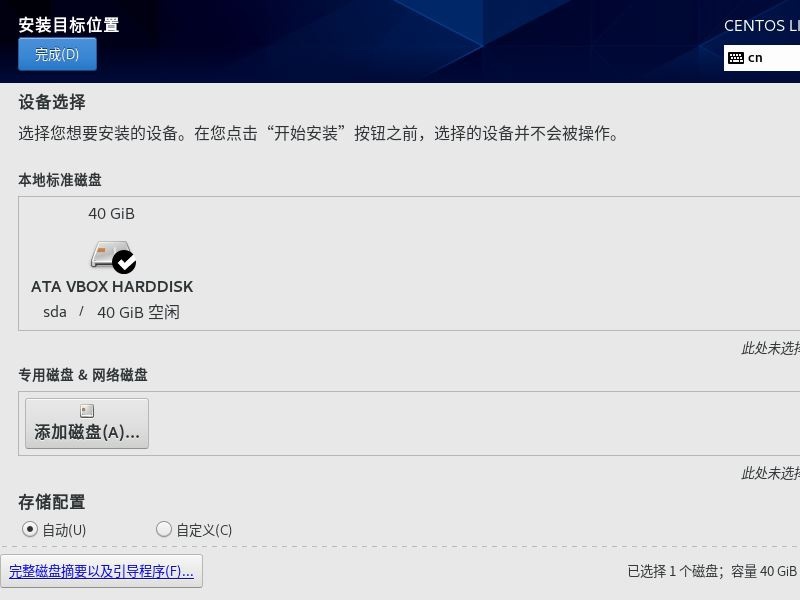
- In the software selection, you can choose according to your own preferences, and there are many options inside.
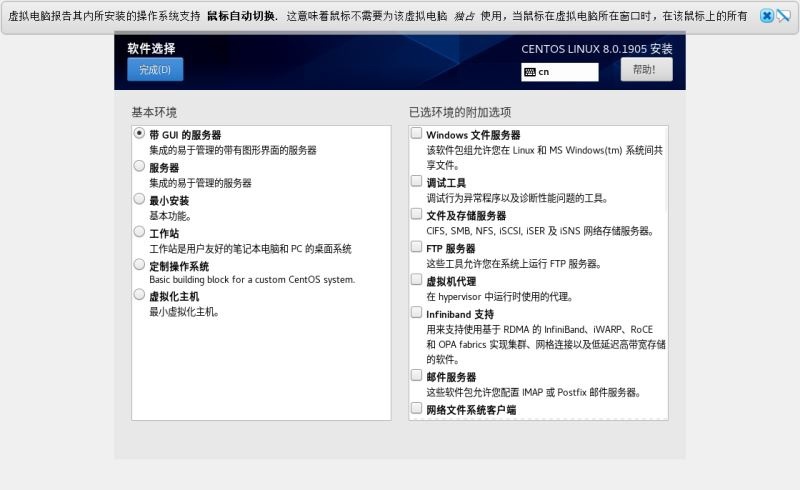
- After all are completed, you can click to start the installation. Will let you set the root password, this is the password of the root account. root is the account with the highest authority of the system, and then wait for the installation to complete.
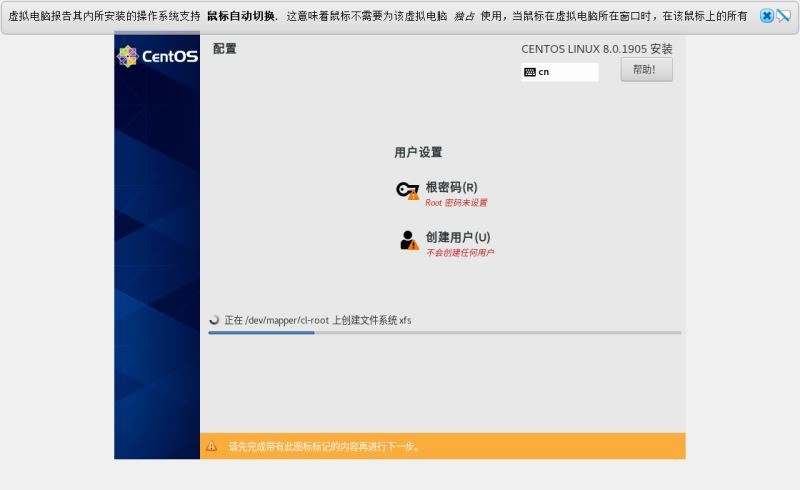
- The installation completion interface is as follows, you need to restart.
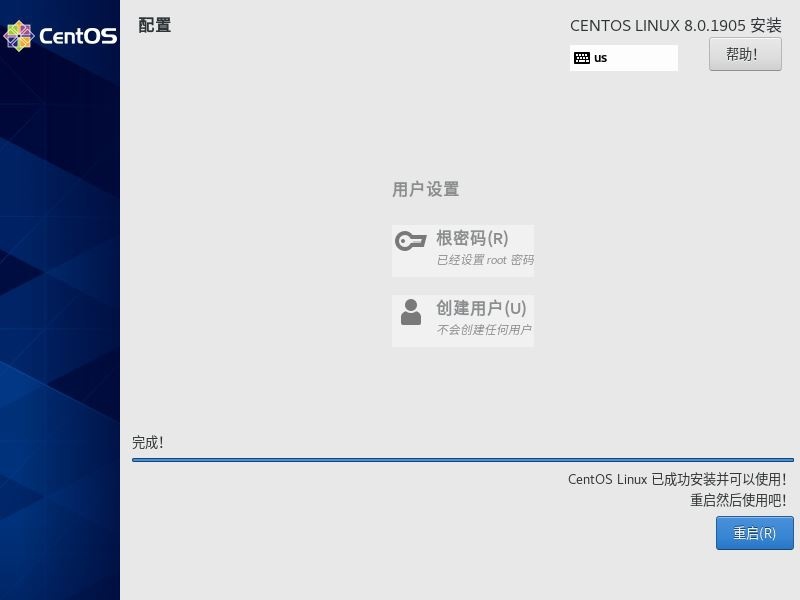
At this point, the installation is over.
Three, summary
I used Virtual Box to install it several times and all failed. I reinstalled it when I restarted. I haven't figured out what caused the problem. I will study it later. If you have any friends, please let me know.
This is an explanation of the format when creating a virtual machine for Virtual Box, you can take a look.
vdi format: VirtualBox created by default and unique hard disk file format, no other software supports this format for the time being; vmdk format: virtual hard disk file format created by VMware, this can be migrated to VM; vhd format: Microsoft virtual machine hard disk file Format, this can be migrated to Windows.
Recommended Posts